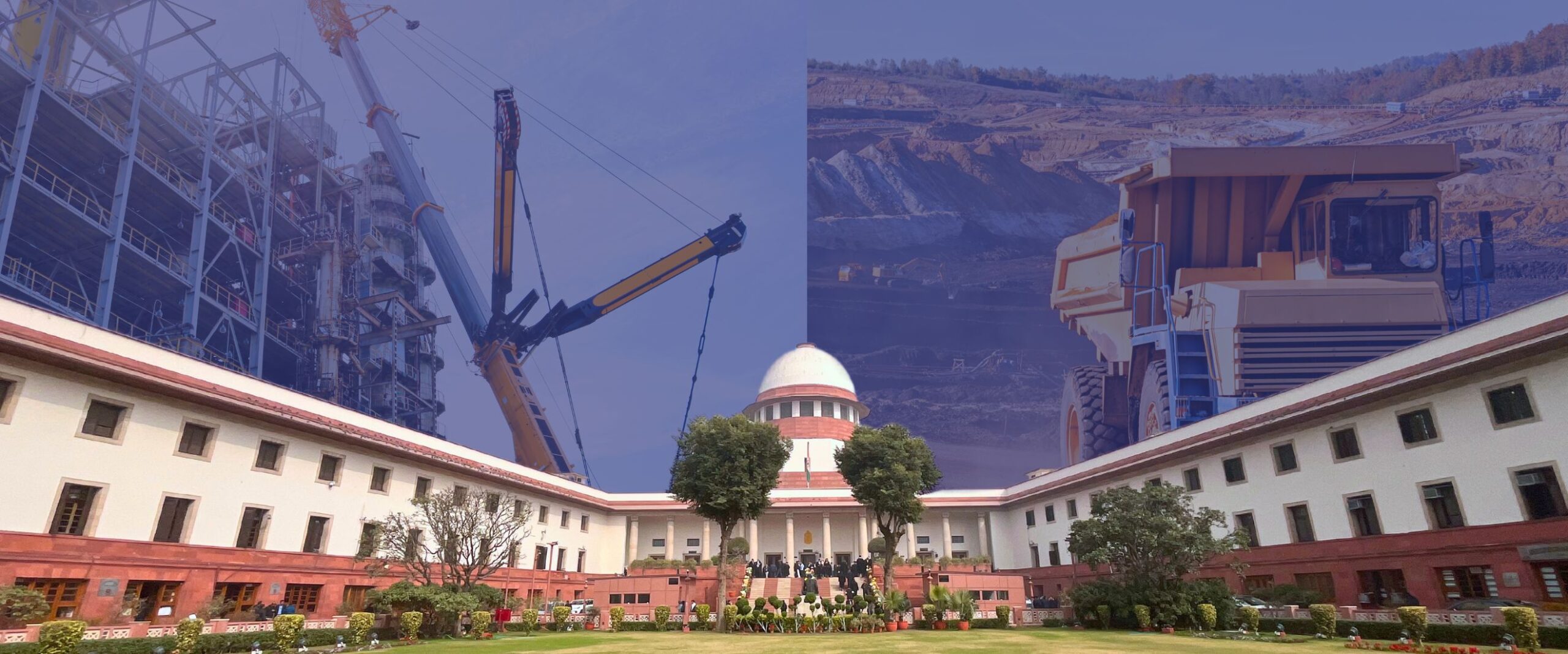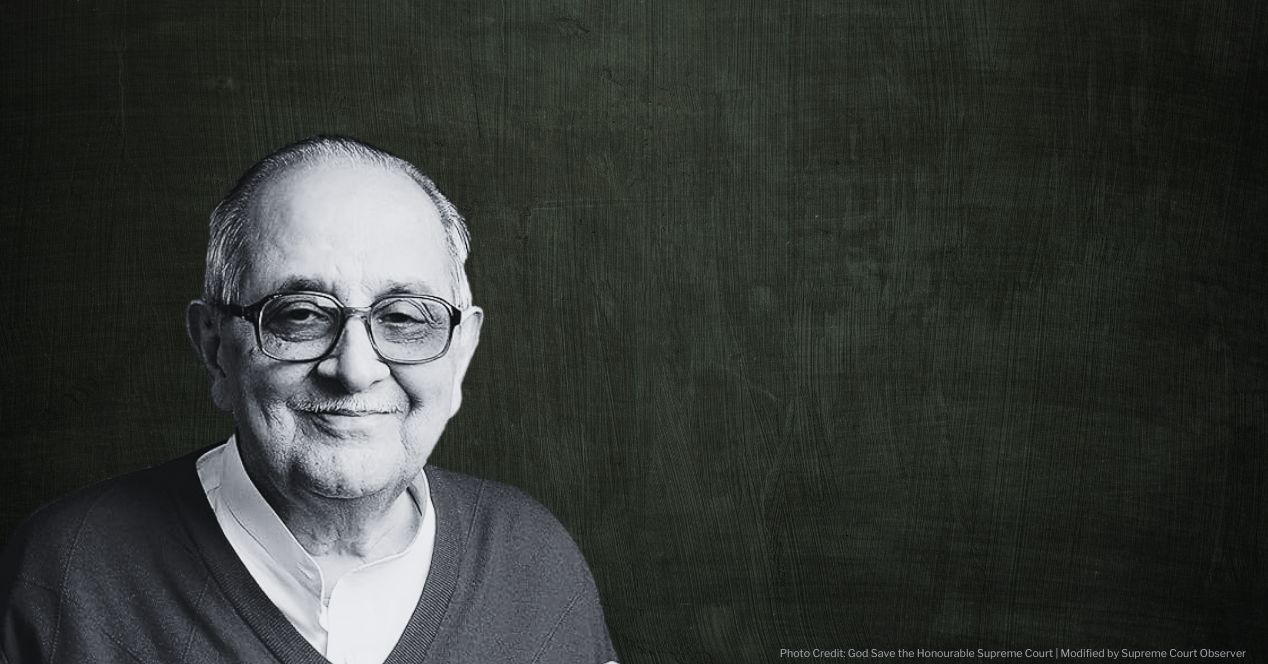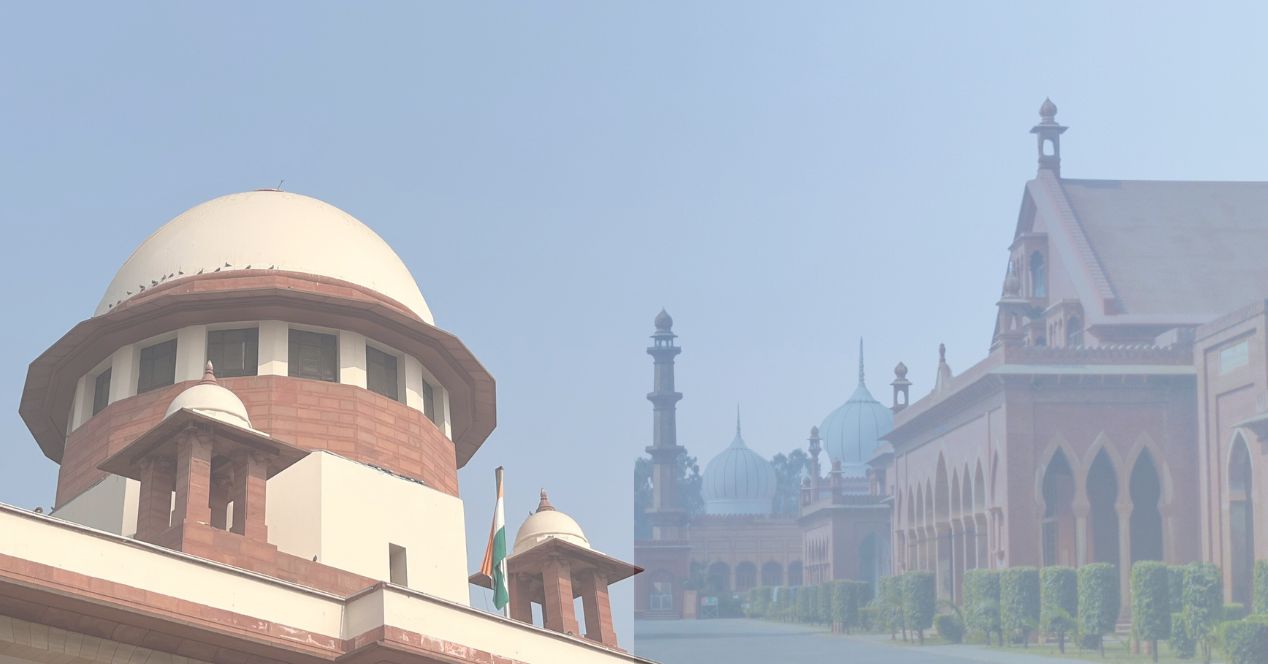Analysis
Money matters are the oldest matters
Oil companies, realtors and big business have a lot riding on the outcomes of the three longest-pending nine-judge bench cases

Earlier this week, a nine-judge Bench of the Supreme Court sat for the first time since 2019 to hear Mineral Area Development Authority v Steel Authority of India. The Bench will decide whether the Centre and state governments can simultaneously impose taxes on land from which minerals are extracted.
This case also happens to be the oldest nine-judge bench matter before the Court. The issue at play can be traced all the way back to the early 1970s, when India Cements appealed a Madras High Court decision in the top court.
The second-oldest nine-judge bench matter is State of Uttar Pradesh v Jai Bir Singh, where the core question was about the definition of the term “industry”, which in turn would determine the application of labour law to various sectors of the economy.
Then there’s Property Owners’ Association v State of Maharashtra, the third-oldest nine-judge bench matter. There, owners are locked in battle with the state government over crumbling property in prime locations in Mumbai. While the main matter was filed in 2002, the connected matters can be traced back to 1992.
Each case has its own story. Yet, one of the threads that binds them is that their outcomes will bear heavily on the political economy of the country.
In Mineral Area Development Authority, several players and interests are involved—oil companies are fighting double taxation, the Centre wants its cut on mineral extraction and states are wary that their power to tax miners could be curtailed. On the second day of hearings, we learnt that central oil companies in Assam, Odisha and Jharkhand—among the most extraction-affected states—owe state governments crores in unpaid taxes. Assam’s tax dues from crude extraction till July 2022 ran into ₹4,500 crore. Meanwhile, Jharkhand is owed ₹10,558 crore in tax on mineral-bearing land.
In Jai Bir Singh, the Bench will revisit Bangalore Water Supply and Sewerage Board v A. Rajappa (1978), where the Court had provided a broad definition to the term ‘industry’ under the Industrial Disputes Act, 1947. The consequence of Bangalore Water Supply is that workers across a wide range of private sector establishments, including charitable institutions, have benefitted from protections such as fixed compensation and mandatory notice periods. If the nine judges in Jai Bir take a narrow interpretation of the term ‘industry’, private entities could be released from some labour law obligations.
The controversy in Property Owners’ Association began when a forum consisting of 28,000 landowners filed petitions in the Supreme Court. Their fight was against the constant attempts of the Maharashtra government to take over dilapidated private property. The government, while maintaining that its intention is to ensure better standards of living for building residents, relied on a Directive Principle of State Policy which encourages the “distribution of material resources of the community…to serve the common good.” But the Property Owners’ Association’s president B.R. Bhattad has alleged that the welfare reasoning is a smokescreen—the intent is to acquire land at “throwaway” prices and “parcel it out to big developers and contractors.”
Decades have passed since these conflicts sprouted. Yet, the concerns they raise remain relevant. The oldest matters are the money matters. The Chief Justice’s decision to constitute nine-judge benches and list them for hearing this year indicates that institutional willingness makes up at least one part of the equation. Now that the silence on these high-stakes cases has finally been broken, one hopes that there will be no more dragging of judicial feet.
This article was first featured in SCO’s Weekly newsletter. Sign up now!
Subscribe now!



